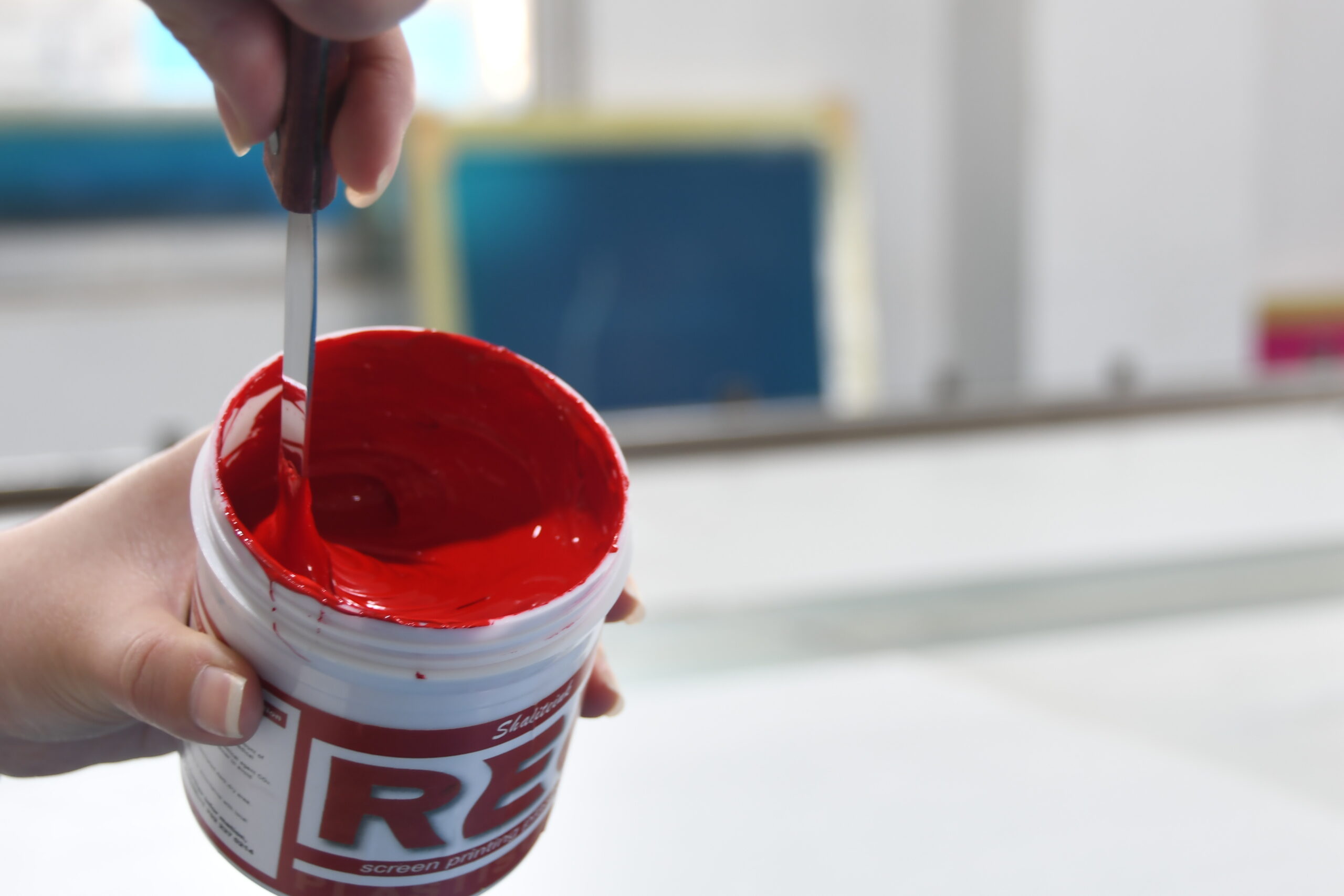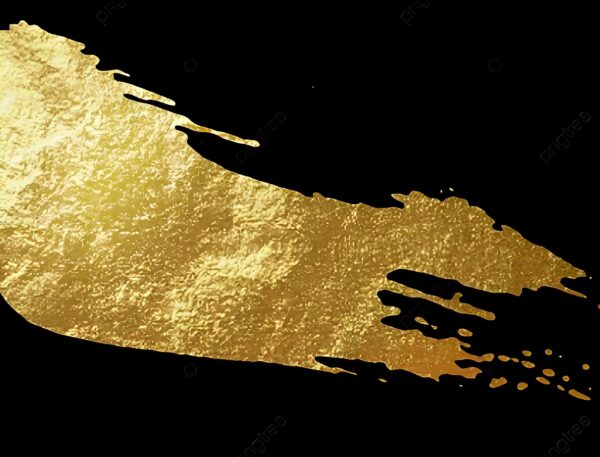Explore adhesive screen uses in printing and repairs. Learn about types, benefits, and how adhesive screen works.
Table of Contents
Screen Adhesive 101: The Invisible Hero of Precision Printing
In the world of screen printing, the adhesive screen plays a vital behind-the-scenes role. This specialized adhesive ensures that fabric, paper, or any other substrate stays firmly in place during the printing process. Without it, even the best-designed print can turn into a smudged mess.
There are different types of screen adhesives:
- Water-based adhesives: Eco-friendly and easy to clean.
- Solvent-based adhesives: Stronger and better for slick or heavy materials.
Most screen printers rely on spray adhesives for their ease of application and flexibility. When combined with a sturdy screen frame—usually made of polycarbonate or PVC (which answers the common question: What is the plastic that holds a screen in place called?)—you get a stable foundation for printing accuracy.
The adhesive screen ensures every detail is printed exactly where it should be, layer after layer.
Windscreen Repairs: Can Super Glue Do the Job?
You may have wondered whether super glue can fix a cracked windscreen. While it might seem like a quick fix, it’s not a reliable or safe solution. Super glue isn’t flexible, doesn’t bond well with glass long-term, and can fail under pressure or temperature change.
Automotive professionals use specialized adhesive screen products—such as urethane adhesives—to bond windshields securely. These materials are formulated to handle vibrations, UV exposure, and thermal expansion.
In short, while super glue might hold temporarily, only a proper adhesive screen compound ensures safety and durability. This is especially true when bonding a glass screen to its frame, which is often made of durable plastic like polyethylene or polycarbonate—again answering, What is the plastic that holds a screen in place called?
Top Picks: What Is the Best Adhesive for Screen Use?
Selecting the best adhesive screen product depends on your needs. Are you printing on fabric? Paper? Plastics? Your answer will influence the right adhesive for your job.
Here are some top options:
- Spray adhesives: Ideal for quick, short runs and easy repositioning.
- Liquid adhesives: Great for long print runs and stronger hold.
- Pallet adhesives: Designed for textile printing; offer safe re-tack and easy cleanup.
The best adhesive screen balances strength, flexibility, and surface compatibility. It also works hand-in-hand with a solid screen frame made from high-tension plastics for maximum durability.
Sticky Science: What Is Adhesive Printing?
Adhesive printing involves printing onto materials that already have a sticky backing, such as labels, decals, and vinyl wraps. These materials often come in rolls and require special printers and inks.
Here’s where adhesive screen systems shine. When printing on slick or rolled materials, even minor movement can ruin alignment. Using an adhesive underlay or temporary tack helps hold the print media in place for precise results.
From retail labels to wall graphics, adhesive screen technology ensures the substrate stays put so your prints come out sharp and aligned.
Design Decision: HTV vs. Screen Printing—What’s Best for You?
Heat Transfer Vinyl (HTV) and screen printing both offer unique benefits, and your choice depends on the job.
HTV Pros:
- Great for one-off designs or personalization.
- No drying time needed.
- Easy to apply at home.
Screen Printing Pros:
- More durable for repeated washing.
- Faster for large batches.
- Produces vibrant, long-lasting colors.
Regardless of method, a solid adhesive screen setup improves accuracy and efficiency. For example, in HTV preparation, holding the vinyl sheet flat is crucial. In screen printing, preventing fabric from shifting under the mesh is essential. In both cases, adhesive helps.
Print Power: Which Lasts Longer—Screen Printing or Heat Transfer?
If durability is your priority, screen printing typically outperforms heat transfer. Screen printing inks soak into the fabric, creating a bond that can survive many washes without fading or cracking.
Heat transfers, like HTV, tend to rest on top of the fabric. Over time, they may peel or deteriorate, especially under high-heat washing or drying conditions.
Still, the foundation of any long-lasting print lies in setup. An effective adhesive screen minimizes movement, improves registration, and enhances ink application. Without it, even the best printing method can fall short.
Final Thoughts: Why Adhesive Screen Deserves the Spotlight
Whether you’re printing t-shirts, fixing windshields, or producing custom labels, the adhesive screen is an essential component for success. It ensures materials stay in place, results stay sharp, and processes stay smooth.
From small home projects to industrial applications, adhesive screen systems offer the reliability you need. Combine them with durable plastics—like PVC or polycarbonate—to create sturdy, efficient frames that enhance your workflow. (Yes, if you’re still wondering, what is the plastic that holds a screen in place called?—those are your best options.)
In any setting, choosing the right adhesive screen turns a good result into a flawless one.










